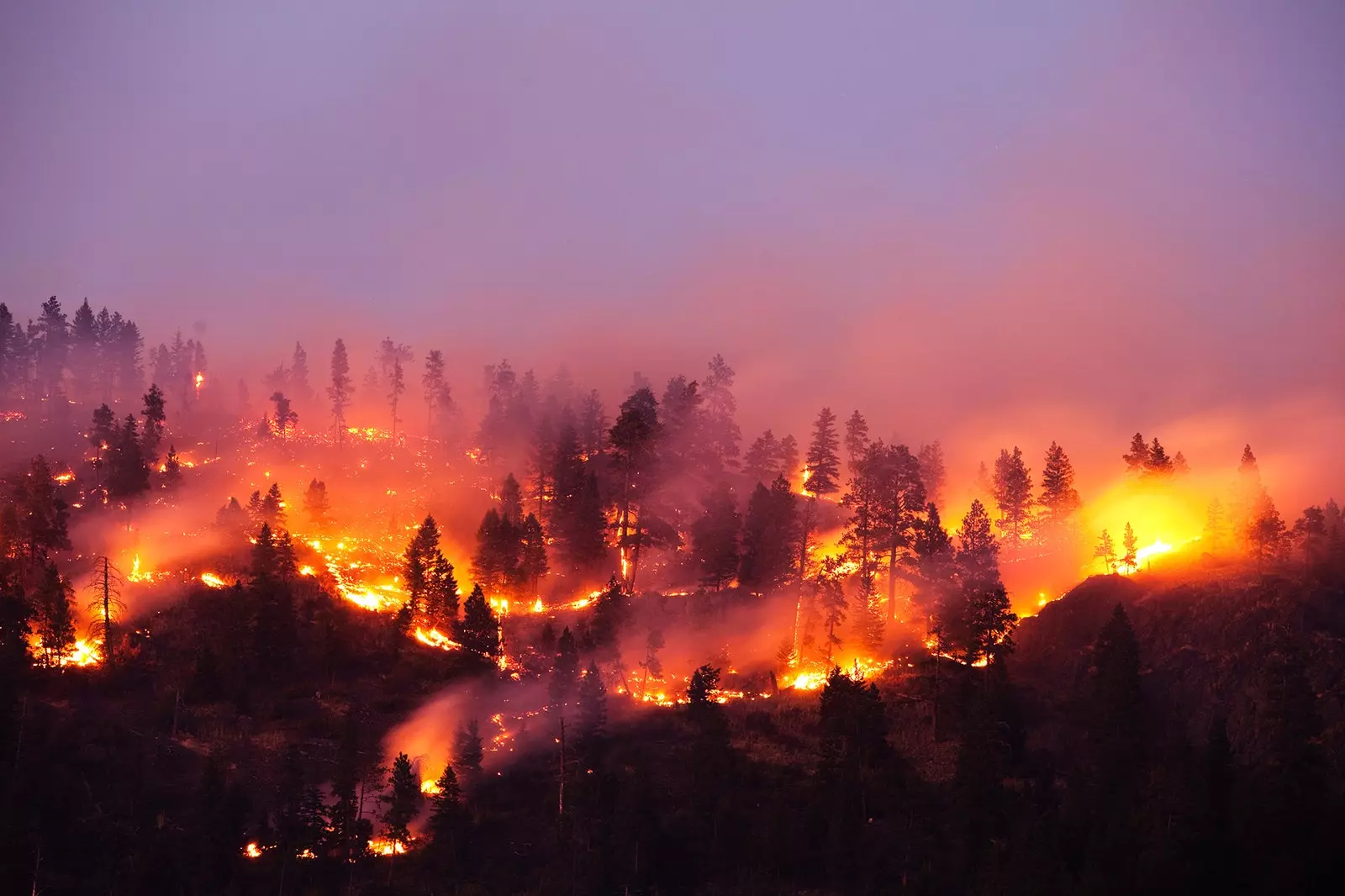
Human action is behind 95% of fires in Spain
In 2017, 178,233.93 hectares of forest area were burned in Spain, which represents 0.64% of the national territory and turned that year into the second of the last decade with the largest area burned, according to the Ministry of Agriculture, Fisheries and Food and Environment (MAPA) .
The Northwest region (Galicia, Asturias, Cantabria, the Basque Country and the provinces of León and Zamora) is the one that registered 73.84% of the total forest area burned, followed by the Interior Communities (non-coastal provinces, with the exception of León and Zamora) with 14.26%, the Mediterranean area (10.72%) and the Canary Islands (1.09%).
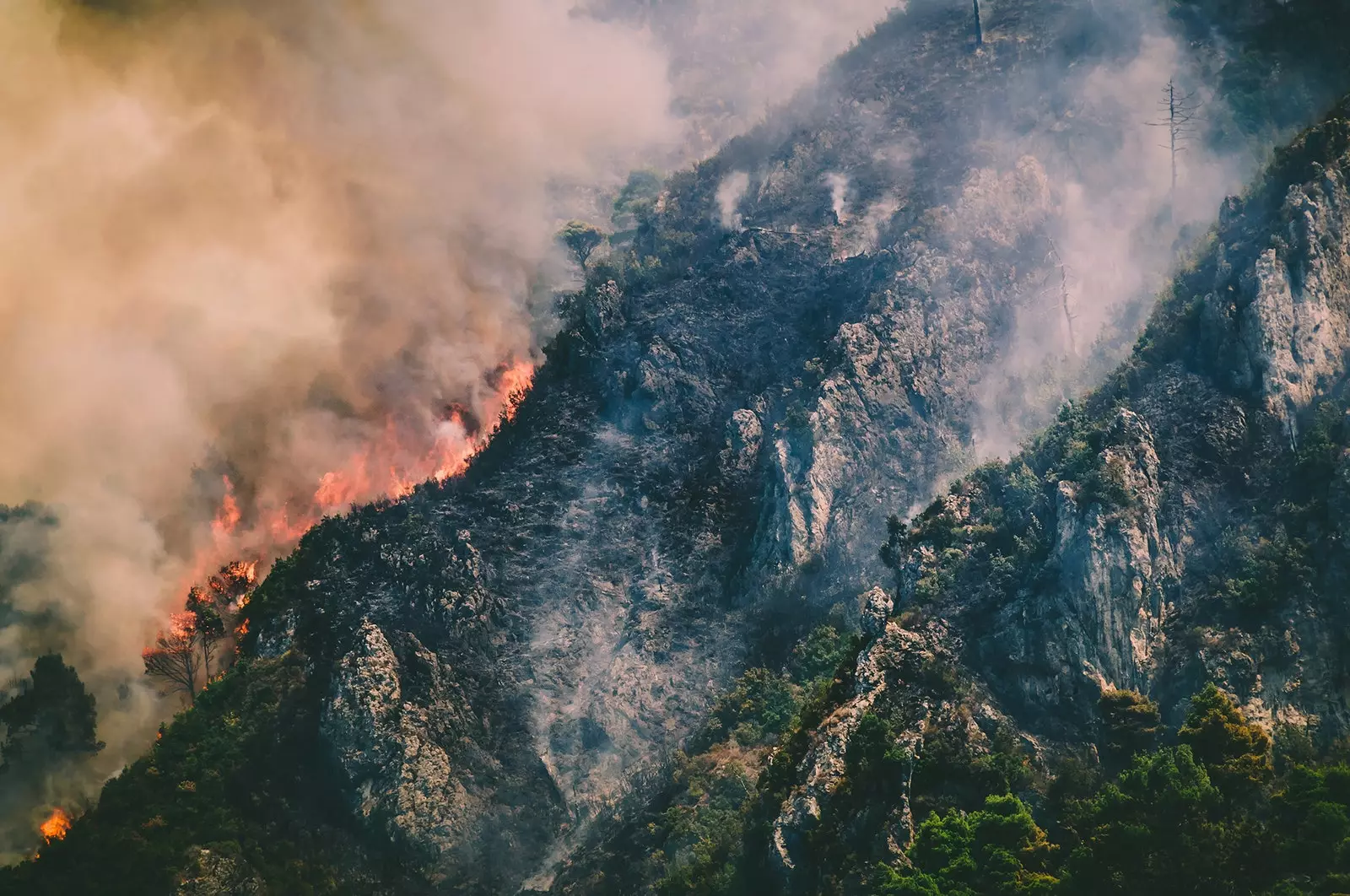
The importance of educating in prevention
The number of claims also increased in 2017. Specifically, 11.57% compared to the average of the last ten years, which stands at 12,363 claims. Thus, last year 13,793 claims were reached, figure that includes the number of fires greater than one hectare (5,088) and outbreaks (8,705) . This figure, however, is below those of 2009, 2011 and 2012, the worst of the decade.
These data are compiled with the information sent by the autonomous communities to the MAPA on a weekly basis during the summer campaign and monthly for the rest of the year. So that we can say that As of July 22, 2018, a forest area of 10,434.61 hectares (0.038 of the national area) has been burned and 3,472 claims have been recorded in Spain.
FIRE PREVENTION
Carelessness, absent-mindedness, imprudence, lack of attention, irresponsibility or intentional provocation They are among the main causes of fires in our country. In fact, human action is responsible for 95% of the fires that originate, according to MAP data.
Therefore, from the Ministry they try to raise awareness about the importance of extreme precautions in actions likely to cause a fire in excursions, country houses or agricultural activities. And yes, it is logical, you will think when reading them; but, taking into account the figure mentioned above (95%), the logic does not apply equally to everyone.
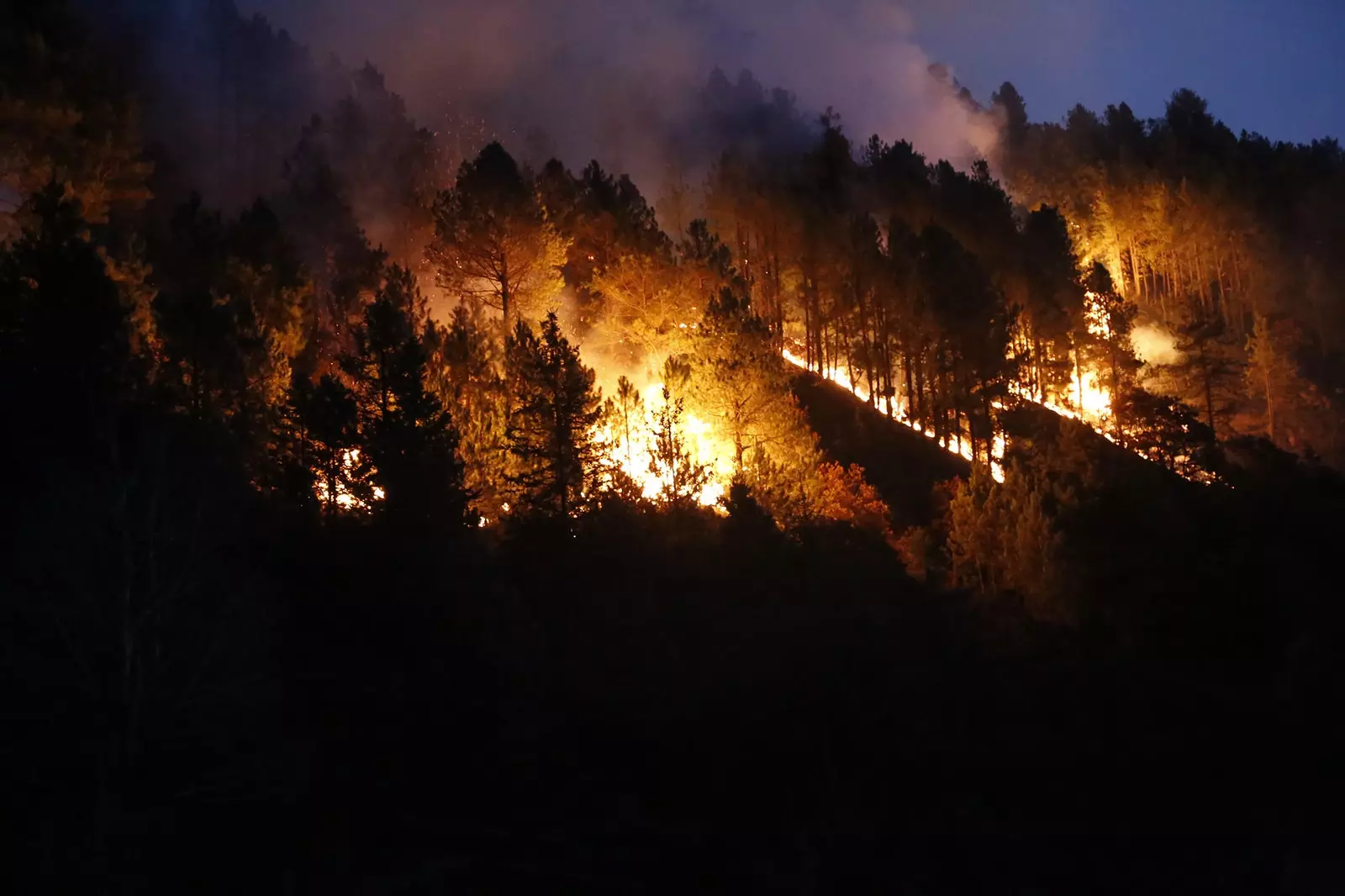
Don't run up the slope
Thus, they recommend do not throw cigarettes or matches on the ground, do not throw rubbish out of the enabled containers and do not light fires in the mountains in times of risk . If a burning is to be carried out, they insist on the need to request the appropriate authorization and take extreme precautions, avoiding doing them on days of strong wind or drought. If it is finally carried out, The fire must be watched and not abandoned until it is sure that it is completely extinguished.
They also point out the importance of do not use agricultural or forestry machinery that can generate fires in times of risk; comply with restrictions on access to forest areas; and take extreme precautions if fire is used in agricultural activities.
In the case of country houses and urbanizations, they underline the need to keep roads and highways clean and, inside the houses, they remind us of the convenience of install spark arrestors in chimneys, avoid excessive foliage and dry vegetation in gardens, and keep roofs and chimneys clean. And if you are near a forest area, avoid using chainsaws, brush cutters, welders, radial saws or tools that can cause sparks.
If you see a fire, you have to immediately notify 112 or the emergency telephone number of the autonomous community in which we are located and keep in mind that security is the most important thing, which brings us to the next point.
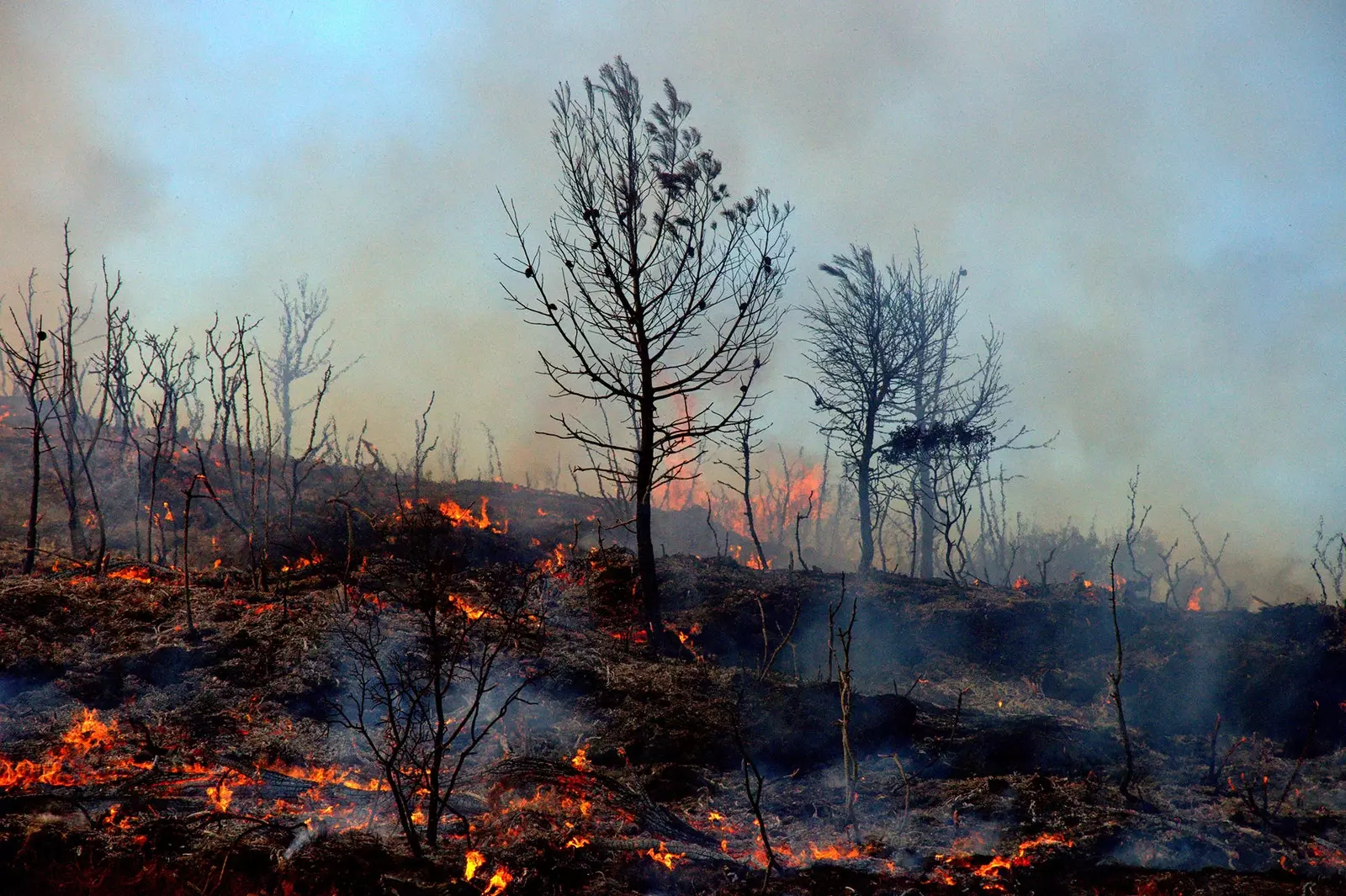
If you are caught in the fire, stand in the burned area with your back to the wind
HOW TO ACT IN A FIRE
After notifying the competent authorities and in case of being surprised by the fire, from the Official Association of Forestry Technical Engineers, they highlight the importance of move away in the opposite direction to the smoke, breathing through the nose and trying to cover it with a wet cloth. And it is that most people who die in a fire do so by suffocation.
In the event of a fire, it is important do not seek refuge in deep valleys and always flee downhill or in a direction perpendicular to the advance of the fire, since it climbs up the slope like up a chimney. "In no way try to escape up the slope ahead of the fire when it climbs up it," they insist.
In addition, they emphasize that do not try to cross the flames as there is a risk of being trapped. If there is no other alternative, they recommend crossing where the fire is weakest and remember that, in case the fire reaches us, we must always stand in the already burned area and with your back to the prevailing wind. "If your clothes catch fire, don't run: roll on the ground and, if you have a blanket, cover yourself with it, the fire will go out due to lack of air."
In the event that we want to collaborate in the work of extinguishing the fire, we must always keep in mind that the professional staff is highly qualified and physically prepared, so it is necessary to contact them (firefighters, forest agents...) so that they assign us the most appropriate tasks to our person and always follow their instructions.
“Never work in isolation or on your own. In addition to putting yourself in danger, it could compromise the efforts and strategies of extinction.
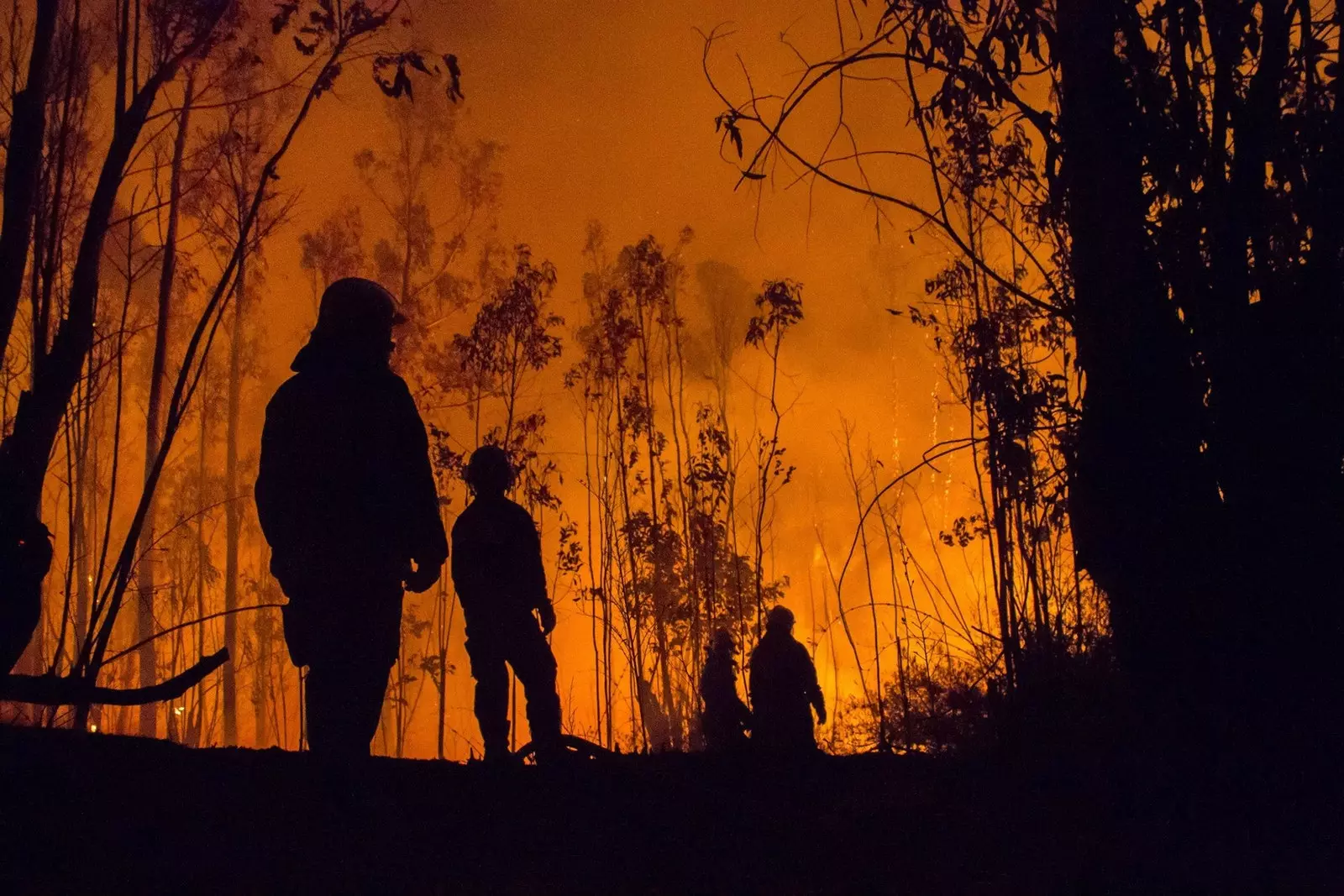
never work alone
At this point, they include three more recommendations: Take extreme care, do not throw water on the electrical cables and move away from the path of the water when an aerial medium discharges it.
Given the recent fires registered in Greece and those experienced in Portugal last summer, at Traveler.es we wanted to know how should we act if we find ourselves confined in a building.
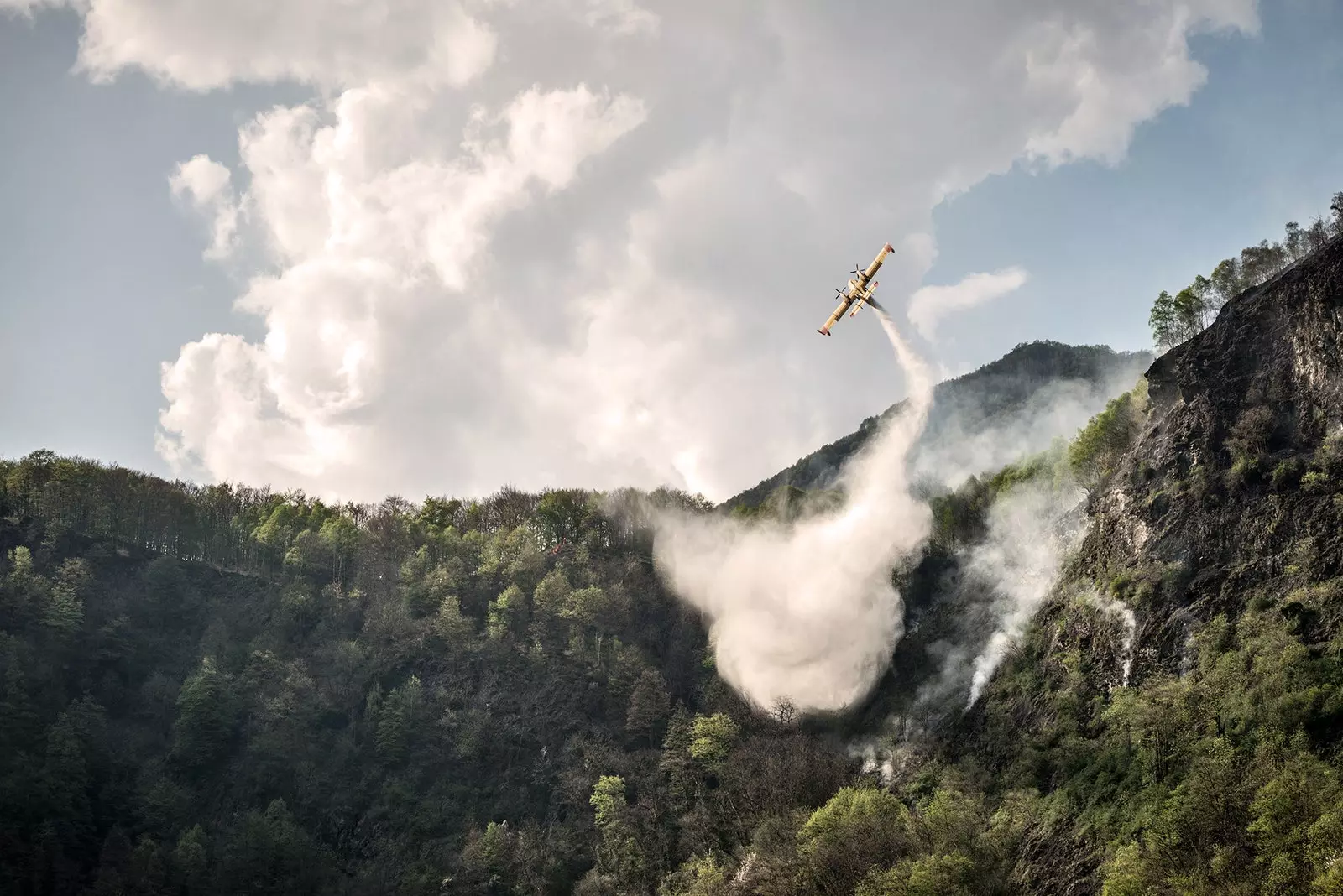
Get out of the way of the water
“These are particular situations and it depends on where you are confined. We always recommend put wet towels and tissues in spaces where smoke can enter; and have a damp cloth handy so you can breathe through it” , explains Raúl de la Calle Santillana, General Secretary of the Official Association of Forest Technical Engineers.
It becomes essential to remember the importance of breathing through the nose and through a damp cloth. “One of the big problems is that you can breathe high-temperature contaminated air or smoke. People don't normally die from contact with fire, they die from smoke inhalation and from very high temperature inhalation that burns the lungs, even if you're not around, ”he reflects.
Regarding the best place to shelter, De la Calle Santillana recommends “Underground, in basements, garages… if we are sure that smoke cannot enter there or if the authorities send it because they are going to defend the area so that the fire does not get there.” At this point, he underlines the need to "cool the environment as much as we can: walls, windows, doors, which is where the fire is going to enter."
If the fire surprised us on the road, the main slogan is Always follow the instructions of the authorities. In the event that it was an emergency situation and we did not find anyone in the area, it is necessary "do not go in the direction of the wind, but always in the opposite direction and along the widest possible paths and clean of vegetation" he explains. In fact, "Many times it is better to wait than to go out on a narrow road and be trapped."
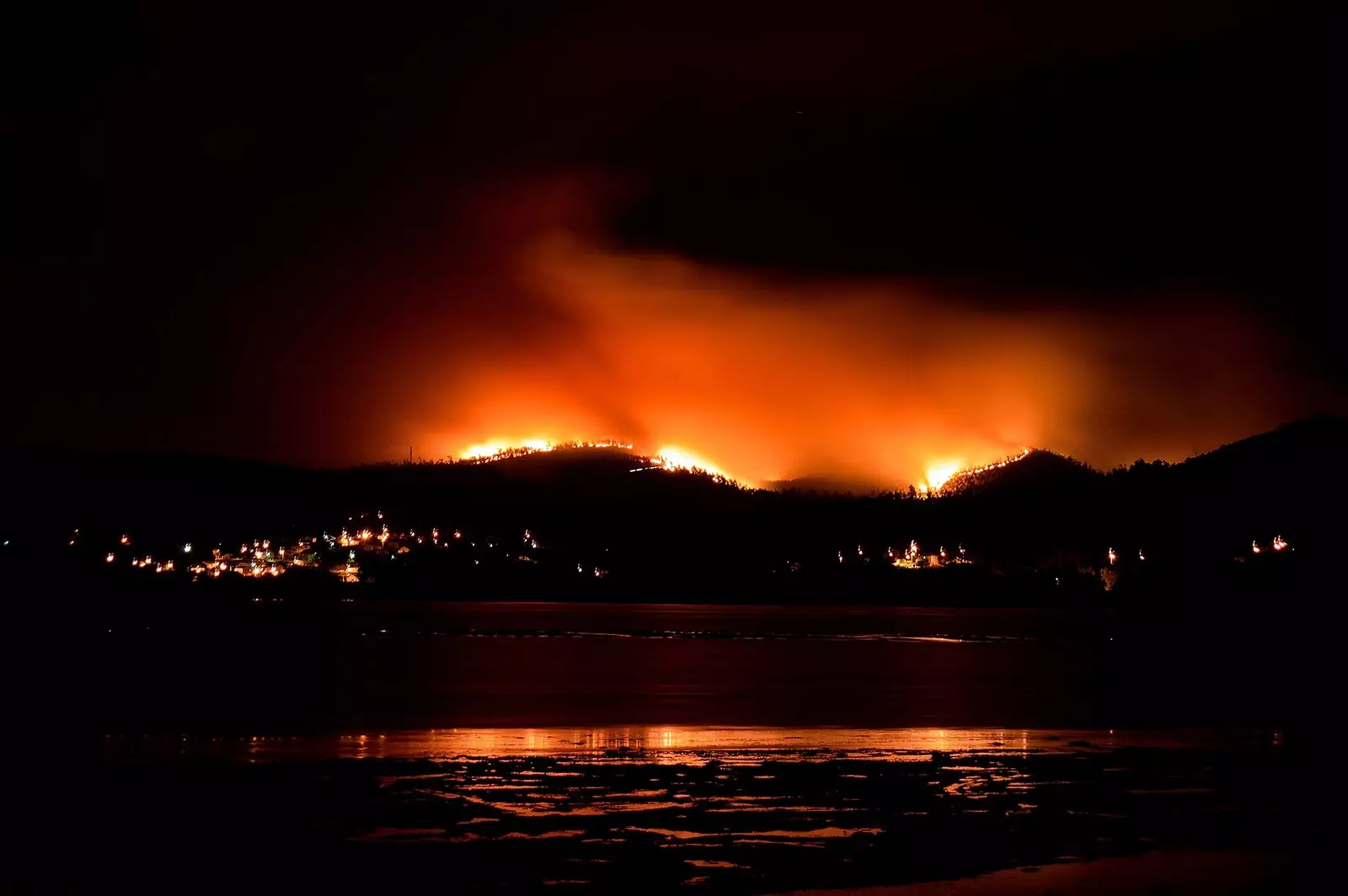
And, above all: prevention, prevention and more prevention
